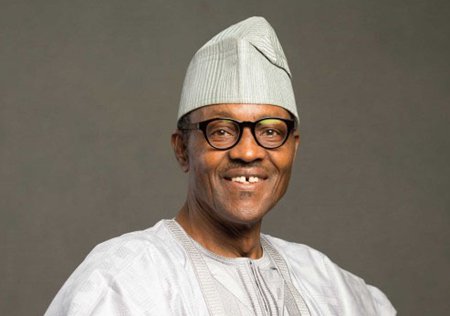
Poor power supply is partly to blame for the Nigerian government’s inability to build a robust auto industry. That leaves vehicle imports as one of the only ways to meet local demand.
Nigeria’s auto market is worth over $4 billion a year, but it does not translate into anything meaningful, a stakeholder said. Starting in 2015, stiff new tariffs were levied on new and used Nigerian vehicle imports. Imports fell more than 50 percent.
PWC had presented three rapid-growth scenarios for Nigeria’s auto industry
In 2013, when Nigeria launched the National Automotive Industry Development Plan (NAIDP), the vision was to create an enabling environment for manufacturing Nigerian-made vehicles. The vehicles were expected to meet international standards and be available to ordinary people at competitive prices since local human and material resources would be used.
Despite Nigeria’s population and the increasing middle class, only South Africa boasts as a top destination for vehicle manufacturing in Africa. SA’s auto industry is capable of churning out over 600,000 vehicles every year. The country is also one of the largest bases used by global automakers to reach markets in Africa, Europe, South America, Australia, North America, and the Middle East.
In a short time (1999-2015), South Africa’s determination to overhaul its auto sector already yielded gross domestic product of 7.5 percent, about 700,000 jobs, an investment of $750 million in 2015 alone and exports (vehicles and components) of $11 billion in 2015.
Nigeria entered the business in the 1970s when the government sealed pacts with a number of auto plants in Europe to set up assembly plants that would build passenger cars, trucks and light commercial vehicles, using completely knocked-down parts.
Peugeot Nigeria LTD (PAN), Kaduna; Volkswagen Nigeria LTD (VWON), Lagos; Anambra Motor manufacturing Company (ANAMCO), Enugu; Styer Nigeria LTD, Bauchi; National Truck Manufacturer (NTM), Kano; and Leyland Nigeria LTD, Ibadan, were products of the agreement. But the companies were privatised in 2007.
Before privatisation, the firms had capacity to churn out 108,000 cars, 56,000 commercial vehicles, 10,000 tractors, 1 million motorcycles and 1 million bicycles yearly. But the assembly plants could not survive the harsh economic environment, orchestrated by many factors, so they collapsed.
Component builders including Dunlop and Michellin also left, though they had established rubber plantations across the country to source raw materials locally. While the plantations are still in existence, they only produce raw materials to service factories outside the country.
When Nigeria’s National Automotive Industry Development Plan (NAIDP) was to launch in 2013, industry stakeholders cited poor infrastructure and other challenges as the bane of the sector and said the government should rethink implementing the scheme.
“My personal opinion is that the policy is premature,” said Maryann Chukwueke, managing director and CEO of Admiralty Motors Limited. “In economies like in South Africa, there is an enabling environment and incentives to attract manufacturers’ profitability. This is not the case in Nigeria. We don’t even have regular power supply to begin with. For instance, my organisation runs on generator 24 hours daily. We have a water system that we put in place by ourselves. These are not the type of situations that the international market is used to.”
The size of the automobile market in Nigeria is worth over $4 bilion yearly, but it does not translate into anything meaningful, said Laoye Jaiyeola, CEO of the Nigerian Economic Summit.
Notwithstanding, over 41 automakers including Ford, Nissan, Toyota, Peugeot, Volkswagen, Hyundai, Kia, set up plants to build vehicles from completely knocked-down parts and semi knocked-down parts.
The inability of government to sustain a series of attempts to build a robust automotive industry over the years left importation as one of the only ways to meet local demands.
Rising inflation, lack of financing, increase in tariff and the disparity that weakened the naira against major currencies combined to shrink the market to an all-time low in 2016, as most of the plants could no longer continue full operations.
With 75 percent tariff and levy on imported new vehicles and 35 percent on used vehicles (starting in 2015), imports reduced by more than 50 percent, according to Jonathan Nicol, president of the Lagos State Shippers Association. Automakers could no longer retain most of their staff, and recent statistics showed that the Federal Government lost about $2.5 billion US.
PWC had presented three growth scenarios for Nigeria’s auto industry until 2050. The scenarios project rapid growth. With proper implementation of Automotive Industry Development Plan, particularly with the protection of the borders and strong government support, (PWC) puts real GDP growth at 6.6 percent till 2020, 5.1 percent till 2030 and 5.4 percent till 2050, making it among the 10 largest economies by 2050.
-Guardian
